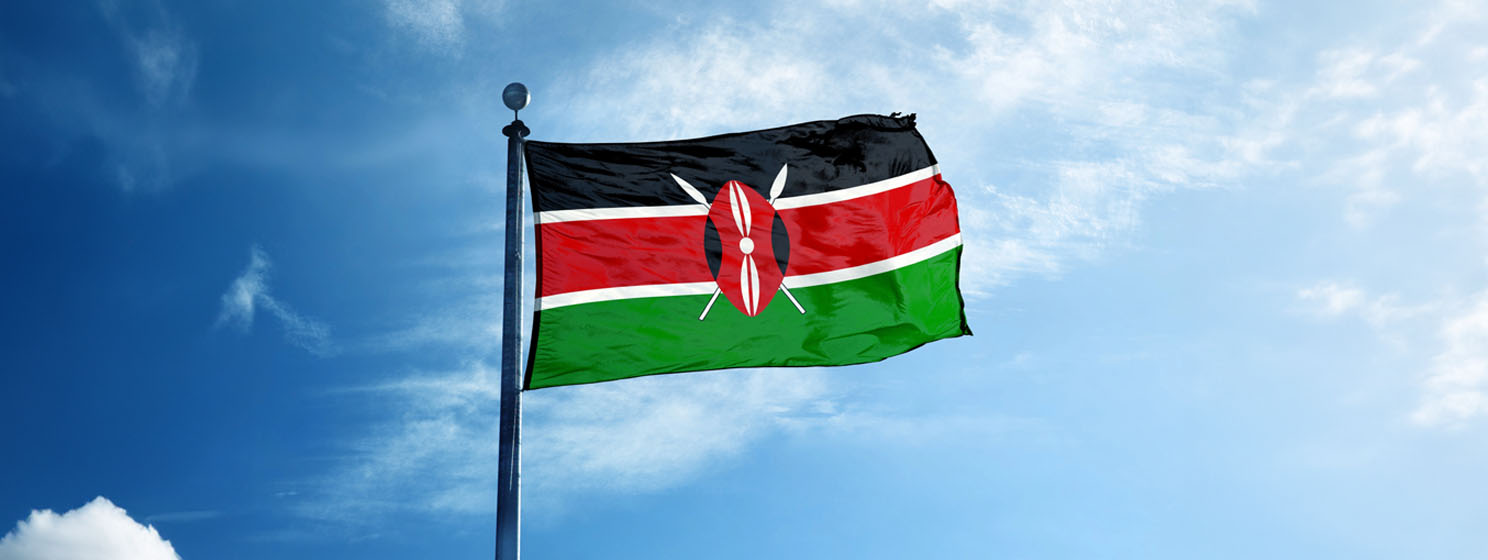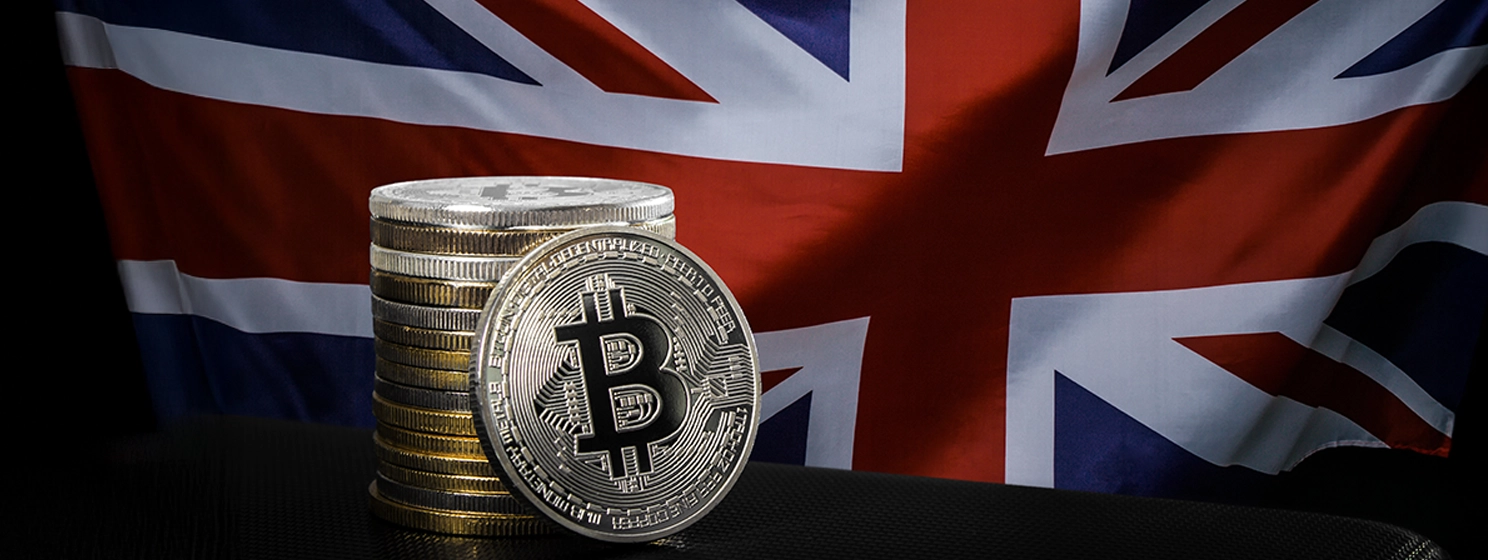|
Getting your Trinity Audio player ready...
|
A Kenyan digital asset sector think tank has slammed the country’s high taxation and excessive compliance costs in its policy recommendations to the government.
The Virtual Assets Chamber of Commerce (VACC) voiced its proposals in response to the recently proposed Virtual Asset and Virtual Asset Service Providers Bill 2025, presented by the country’s Treasury last month. The bill is the first comprehensive framework to police the burgeoning sector, with proposals including a licensing regime, taxation policies and investor protection measures.
Like many other stakeholders, VACC voiced its support for robust regulations for the sector, noting that this would provide “much-needed clarity for businesses and investors, ensuring Kenya remains competitive in the global digital economy.”
However, it condemned the proposed 3% digital asset tax, which it says exceeds the global standards. It added that Indonesia is the only other country with a similar tax, and even then, it’s capped at 0.1%-0.2%.
“The industry can’t survive a tax that is ten to thirty times higher than standard exchange trading fees and far exceeds our customers’ profit margins,” warned Allan Kakai, the VACC director.
“This tax threatens to make the industry fundamentally unviable, leaving regulators with nothing to regulate or tax. An immediate resolution is critical.”
The proposed high tax is typical of the Kenyan government’s approach over the past three years. Since the ruling Kenya Kwanza administration took office, it has ramped up taxes in every sector of the economy to meet its ambitious development targets, causing uproar and demonstrations from the public.
However, the government might feel emboldened in its approach due to its success in 2024. The country’s taxman revealed it had collected $78 million from the digital asset sector last year from less than 400 digital asset dealers. With Kenya being home to over four million digital asset owners, the tax authority believes it can squeeze much more out of the sector.
Kenya is not the only nation struggling with digital asset taxes. In India, investors must pay a 30% tax on profits and a 4% surcharge, which the sector has been decrying as excessive for years. South Korea has been forced to postpone its tax regime for seven years due to public uproar, while Italy was forced to trim a proposed 42% tax following industry protests.
‘Align with MiCA, cut excessive compliance costs’
Beyond the taxes, VACC called on the Kenyan government to adopt a balanced regulatory approach that aligns with global best practices, such as the EU’s Markets in Crypto Assets (MiCA) framework. MiCA took full effect at the end of last year, making the EU’s 27 members among the first globally to have a comprehensive regulatory framework for the sector. African nations have long been urged to align their approaches with MiCA to reduce the burden of entirely new regulations.
Other recommendations included encouraging entrepreneurship, attracting foreign direct investment and a tiered licensing system to cater to various service providers.
VACC further proposed a reduction on the “excessive compliance costs,” which it says discourages foreign VASPs from setting up operations in the country and pushes out the smaller local players. Again, this is not unique to the East African nation; in Hong Kong, for instance, the implementation of a new licensing framework two years ago led to a hike in compliance costs, with applicants forking out up to $20 million.
The think tank also called on the government to “provide clear definitions and guidelines to ensure stablecoins drive financial inclusion and economic efficiency.”
As with dozens of other African nations, Kenyans have taken to stablecoins in droves over the past two years. Last month, a report from the International Monetary Fund revealed that stablecoins have become especially popular in cross-border payments in the face of dollar shortages and a weakening shilling.
In neighboring Uganda, the stablecoin revolution has led to the launch of a local stablecoin, KitePesa, to offer localized solutions to the country’s demand for smooth, efficient and cheap digital payments. Launched on the BSV blockchain, KitePesa is pegged to the Ugandan shilling to reduce volatility in day-to-day transactions.
Watch: Digital Asset Recovery takes token recovery seriously

 12-23-2025
12-23-2025 




